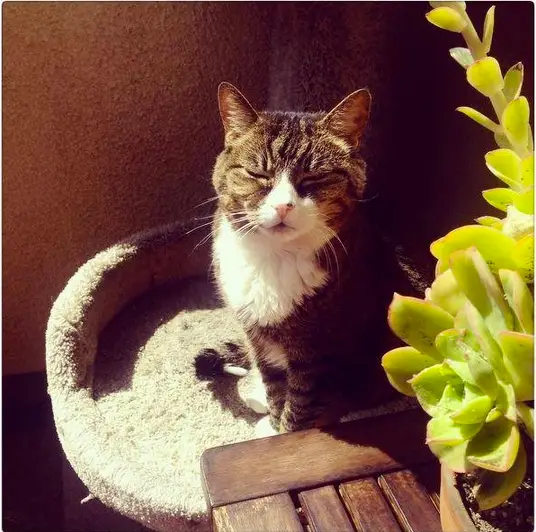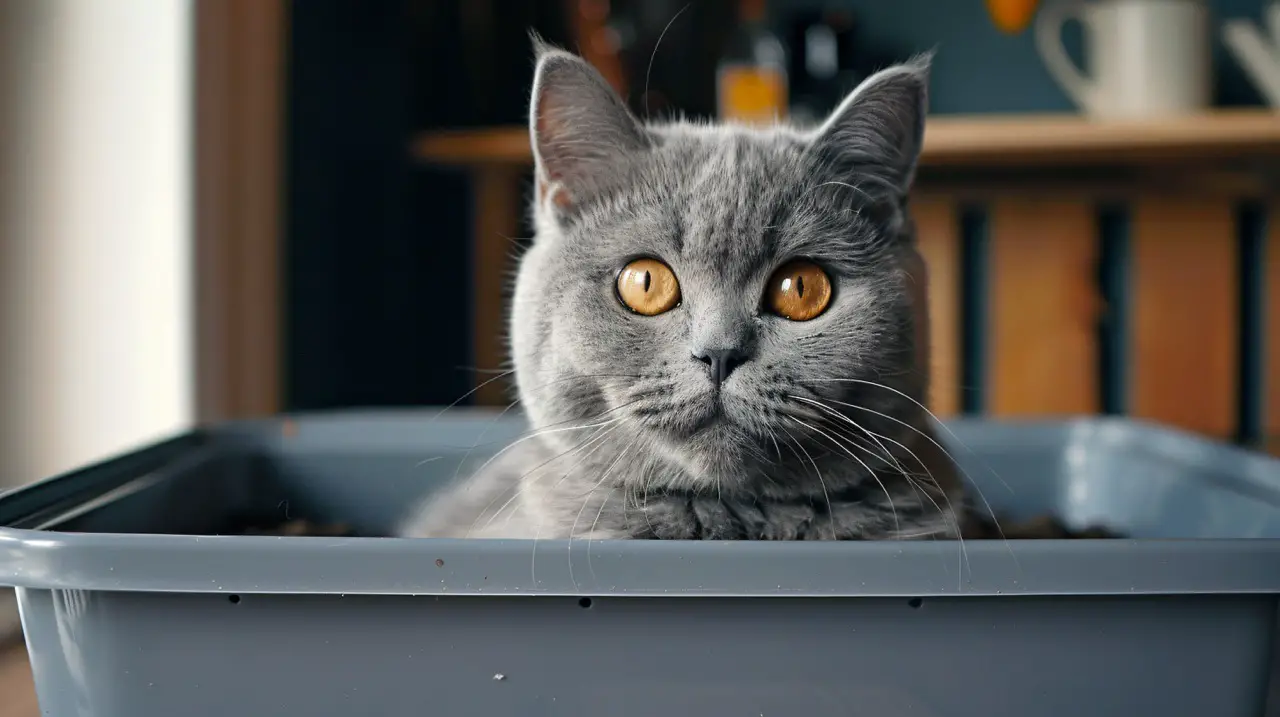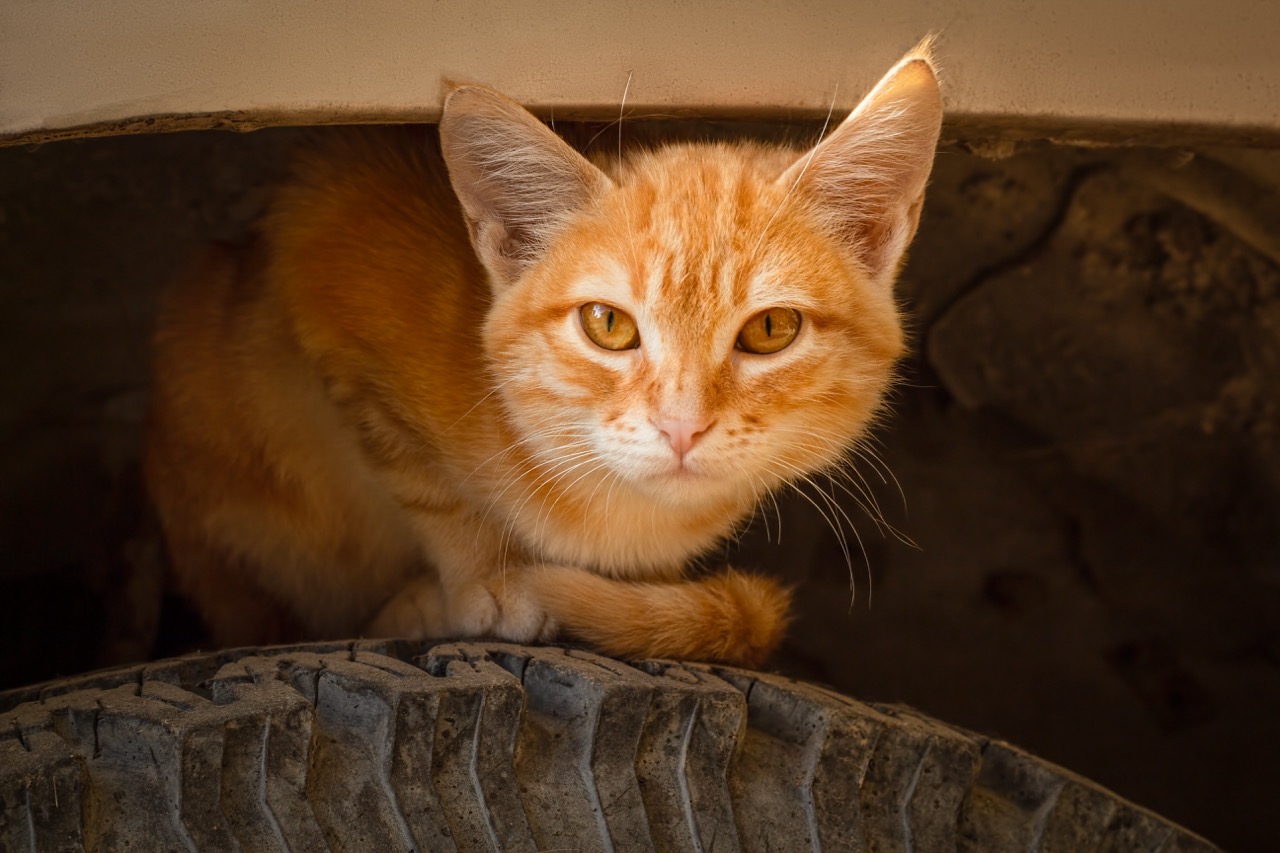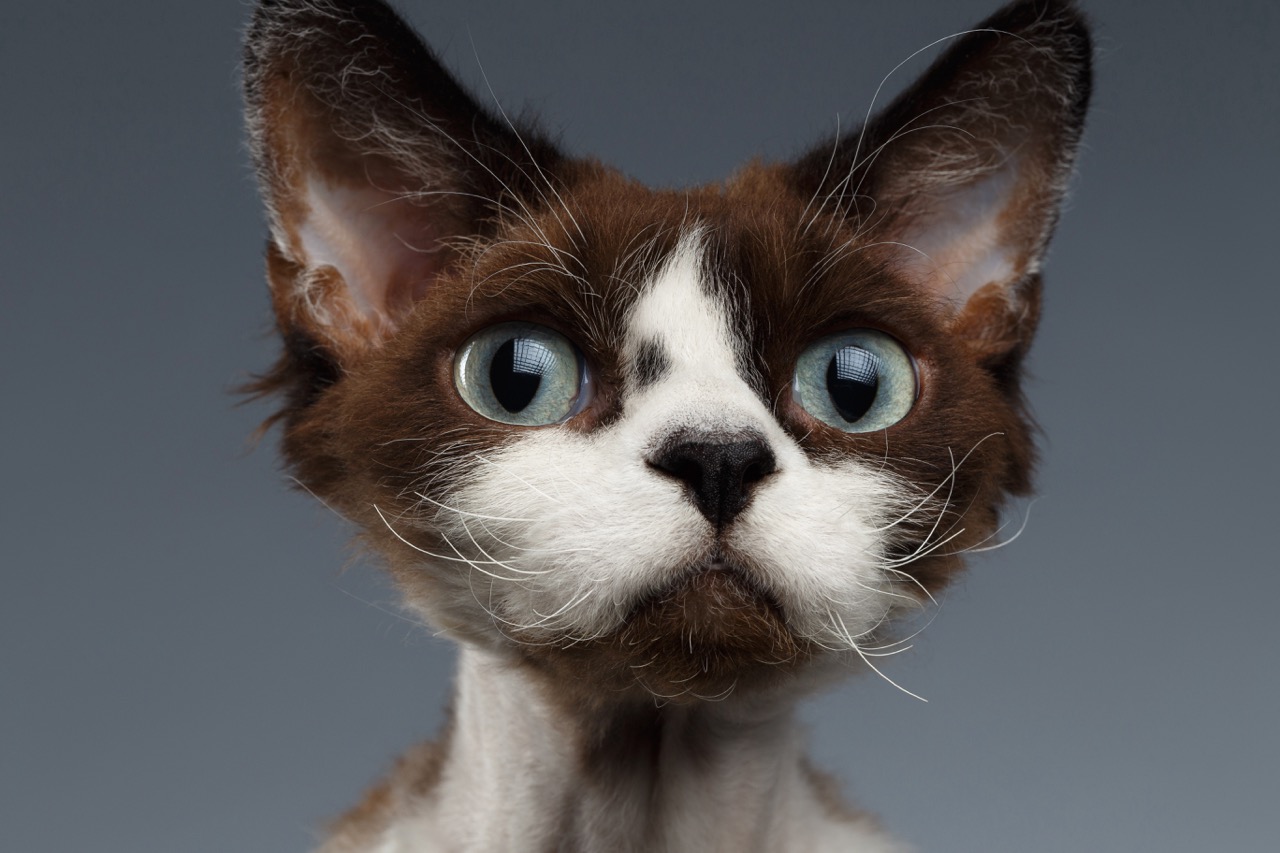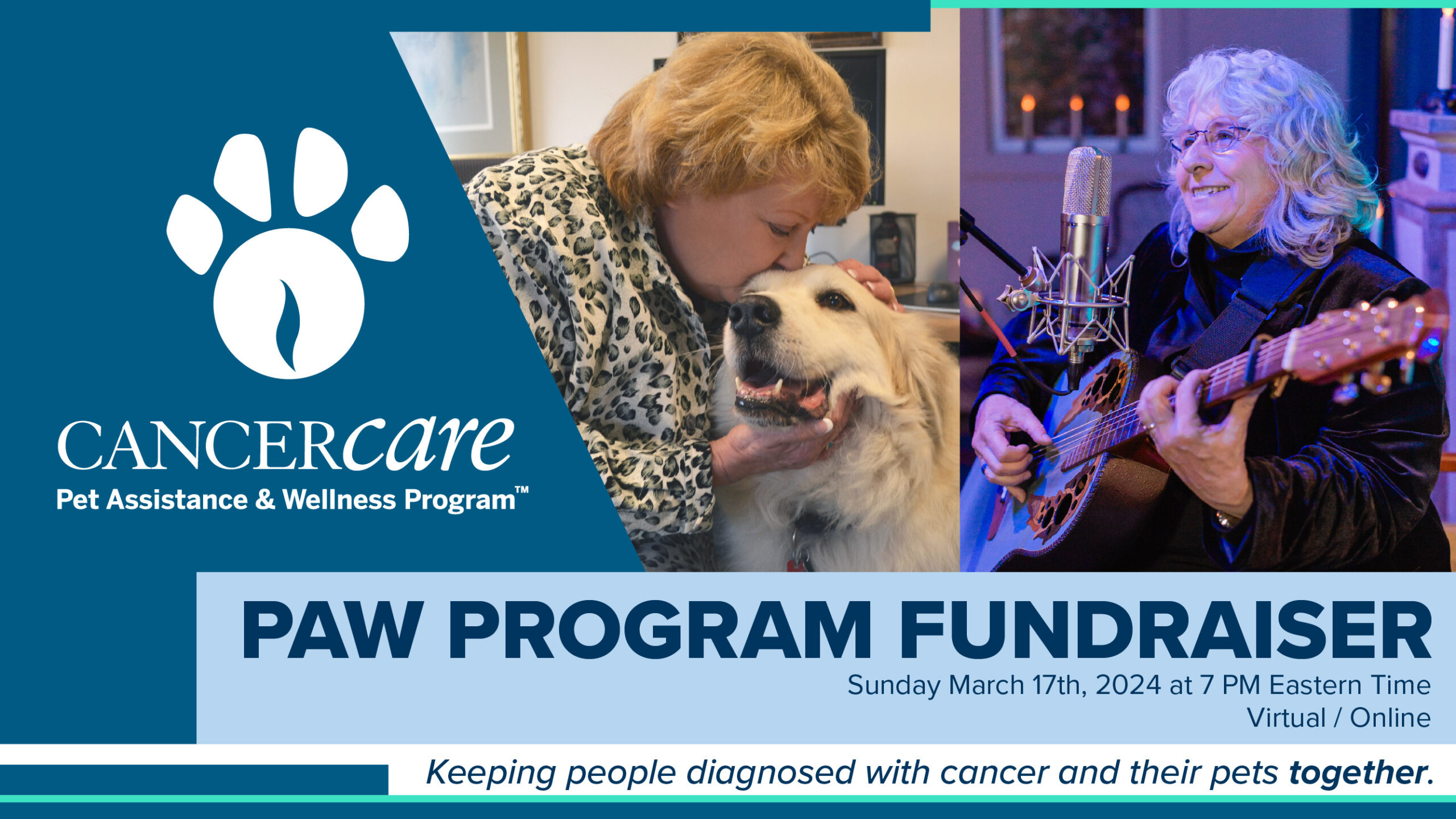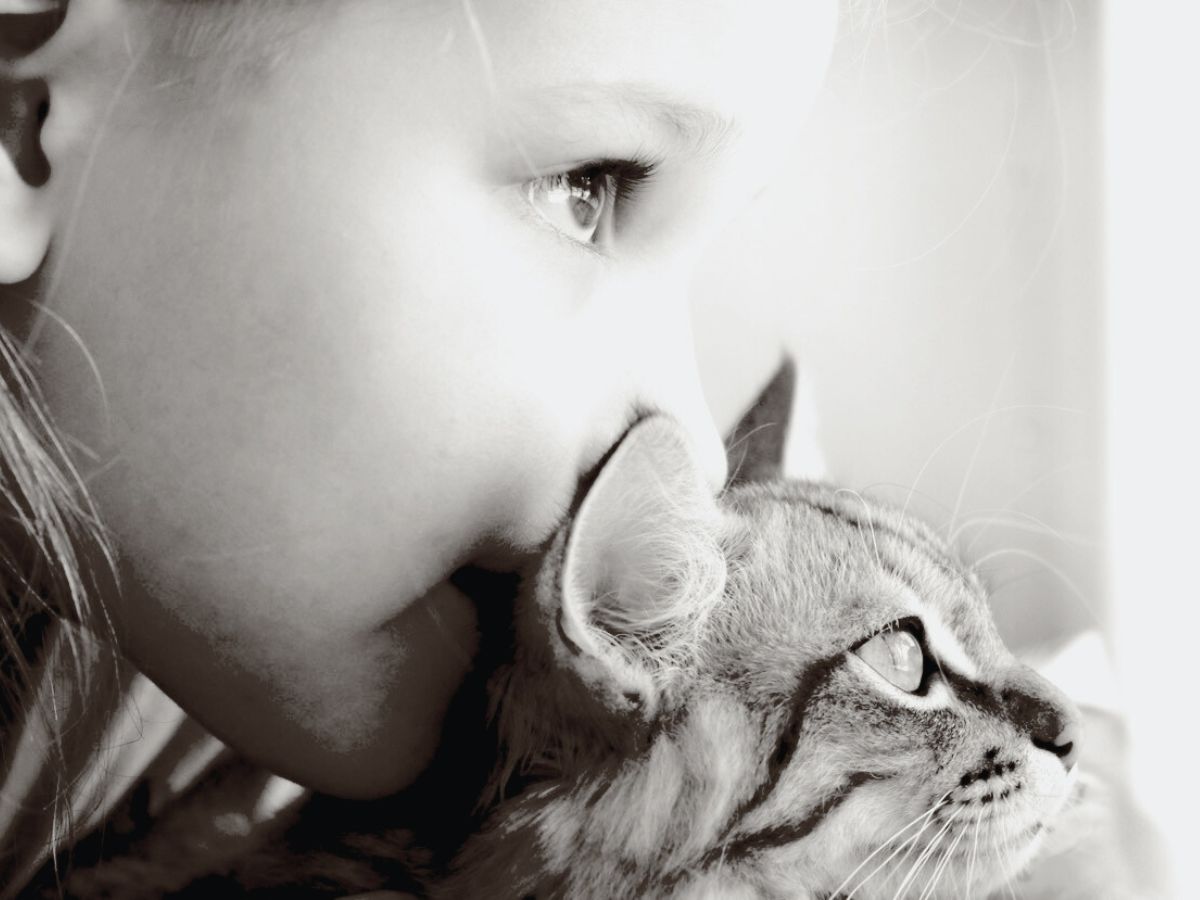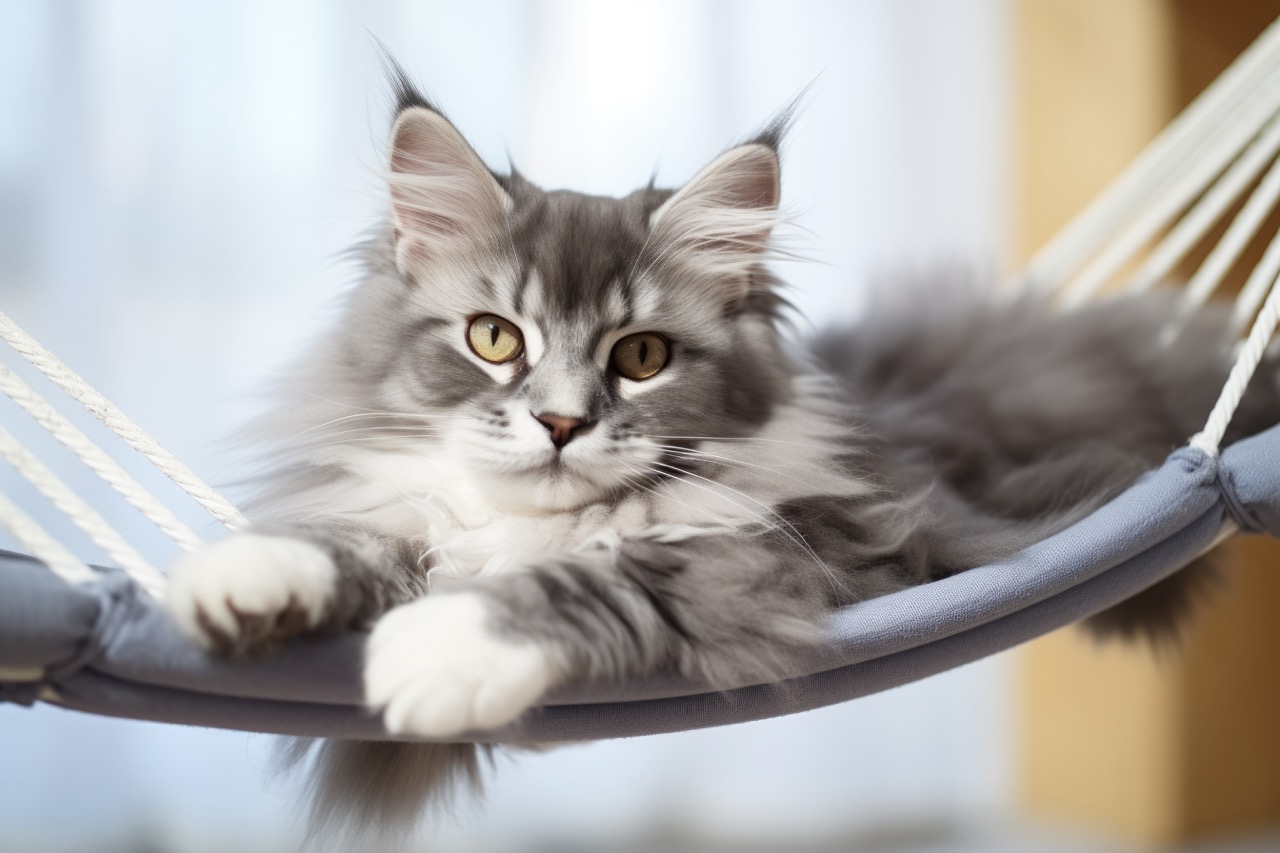The following story was written by my dear friend and cat-enthusiast, Jenna H from Los Angeles, California. Having known Jenna for nearly twenty years now, she is not one to take “no” for an answer and never takes the easy way out. Jenna always meets challenges head on and looks fear straight in the eye. I hope you enjoy her very personal journey, along with her spectacular cat, Bridgett, as they take you through the trials and tribulations of coping with kidney disease. As always, if you suspect your kitty is sick, take your cat to the veterinarian! Jenna has been managing her cat’s kidney disease under the guidance of her vet. This article in no way suggests that you should follow this plan for your cat. You should see your own vet and do your own research.
October 14th, 2013. The day my sweet kitty Bridgett, my best friend, my partner in crime, was diagnosed with kidney disease. I fell apart. I was shocked, I was sad beyond belief, I was angry and I felt helpless. My heart was broken. I knew nothing about kidney disease, other than that it was terminal. After two straight days of crying and feeling hopeless, I wiped my tears, got on my computer and decided to take this disease by storm.
What you need to know is that Bridgett & I are fighters, we eat challenges for breakfast, and what we don’t do is give up. Ever. Bridgett was a stray cat that came into my life in early 2006. She was seven years old at the time, and was 100% an outdoor cat living in the big city of Los Angeles. She hunted her food, co-habitated with a family of raccoons & several other neighborhood cats, and she survived the elements year after year. The life expectancy of an outdoor cat is 3-4 years. Bridgett doubled that, because she’s a fighter & a survivor. So, kidney disease, we’re coming for you!
- Here’s what I’ve learned on my journey so far:
You’re not alone. This disease is very common and there are many support groups & resources available to your online. Google is your friend. Here are two sites that I’ve found to be very helpful: - This is not a death sentence. This disease can be managed if you follow through & commit to the treatment plan put in place by you and your vet.
- Do your homework. If there’s one thing you take away from this, please know that there’s not a “one size fits all” plan to treating this disease. Every vet will have different opinions on treatment plans and how to manage the disease. Your job is to take that information, along with your own research, filter it all out and decide what’s best for you and your cat. If something doesn’t work, try something else. Don’t quit! Through trial & error, you will find a formula that works for you and your cat. Become an expert.
- Have blood work done every 1-2 months initially, until you get things under control. Always get a copy of the results – you need to know how things are changing and what your area of focus should be, in addition to any treatment changes. Once you get things stabilized, every 2-3 months should be fine, or whatever you & your vet feel is best. Here’s a range of normal blood level numbers for you to use as comparison here.
- Food & eating. Maintaining weight is one of the most important factors in managing kidney disease. Your kitty needs to eat! There’s a lot of controversy around low protein diets, which are very commonly recommended for cats with kidney disease. Many vets believe it is critical to successfully managing the disease, while others feel restricting protein can be a death sentence. I kept Bridgett on a high quality/high protein diet for the first three months, but in hindsight, I would have gone straight to the prescription low protein/low phosphorus diet. It really does help if your cat will actually eat the food. Unfortunately, there aren’t a lot of options. There are three choices – Hills k/d Renal Health, Royal Canin Feline Renal LP, and Purina NF Kidney Function Feline Formula. While cats often times don’t like the kidney diet foods, I recommend trying all three before giving up. Bridgett likes the Hills k/d Renal Health and it’s a tad bit higher in protein that Royal Canin, which is why I chose that one. Purina NF Kidney Function Feline Formula is the only one that does not require a prescription and you can buy it on Amazon, but not in stores. Hills & Royal Canin can be purchased at any vet with a prescription from your primary vet. If your cat won’t eat the kidney diet food, just let them have what they want. Non-kidney diet food is far better than no food.
- IV fluid treatments (subcutaneous fluids). The most overwhelming & yet MOST important part of managing kidney disease. Some vets will recommend these, while others will not. And some may recommend them, but infrequently. Hydration is key. Thankfully, Bridgett’s vet (911 Vets Home Pet Medical in Los Angeles) recommended them right out of the gate and she’s currently on 100 cc’s a day. While they scared the crap out of me at first, they have been the anchor in managing her disease successfully. Please try them, it will take you a while to get good at administering them and to get comfortable with them, but they are beyond worth it. Here’s an awesome video that shows how easily this can be done at home. Purchasing IV bags & supplies can be pricy & overwhelming. I found an amazing company called Thriving Pets to get Bridgett’s supplies. They are incredibly helpful!
- Constipation. This is very common with kidney disease and something Bridgett has really struggled with. There are two options. Lactulose and MiraLAX. I started with Lactulose, but switched to MiraLAX, and I highly recommend it. MiraLAX is over the counter, whereas Lactulose is vet prescribed. Not only does MiraLAX work much better for Bridgett, it’s more cost effective. For some perspective, Bridgett needs a daily dose of laxative, so with Lactulose, the annual cost was around $420 vs. MiraLAX (generic) is roughly $30 annually. That’s almost $400 in savings! MiraLAX is a powder, so I mix it with water and give it to her in a syringe. Here’s some great insight on how to manage constipation & dosage information.
- Vomiting. This is also very common with kidney disease. If your cat has a creatinine level above 3, it’s likely that he/she has excess stomach acid, which can cause vomiting & an upset stomach. Famotidine (Pepcid AC 10 mg) is very helpful for this! Again, you can get this from the vet or you can buy Pepcid AC 10 mg (not chewable) over the counter. Famotidine from the vet is usually compounded, requires a prescription and is expensive. Roughly $540 annually, whereas Pepcid AC 10 mg (generic) is roughly $25 annually, so over $500 in savings. Pepcid is in pill form, so I cut it with a pill cutter, crush it into a fine powder, mix it with water and give it to Bridgett in a syringe, along with the MiraLAX. Here’s some Famotidine/Pepcid AC 10 mg dosage info.
- Keep an eye on calcium levels. This isn’t a number that’s usually spotlighted, but if it’s too low or too high, you will likely have problems.
- Know that there will be good days & bad days. This disease is like riding a roller coaster, so celebrate the good days & wins, and be grateful for the extended time with your kitty. On the bad days, be strong. Your cat needs you, so keep pushing forward. I read somewhere that while this disease can be very expensive to manage, you are literally buying life, and there’s nothing more precious than that.
Bridgett is now six months into the disease and she’s doing wonderfully well. Her energy has returned, she’s hydrated, her constipation & vomiting are under control and she’s happy. Quality of life is our goal, and Bridgett’s quality of life is great today. Every day is a new opportunity to learn, so I’m embracing this experience and growing from it. As I learn, I will continue to share. Until then, stay strong & carry on!
